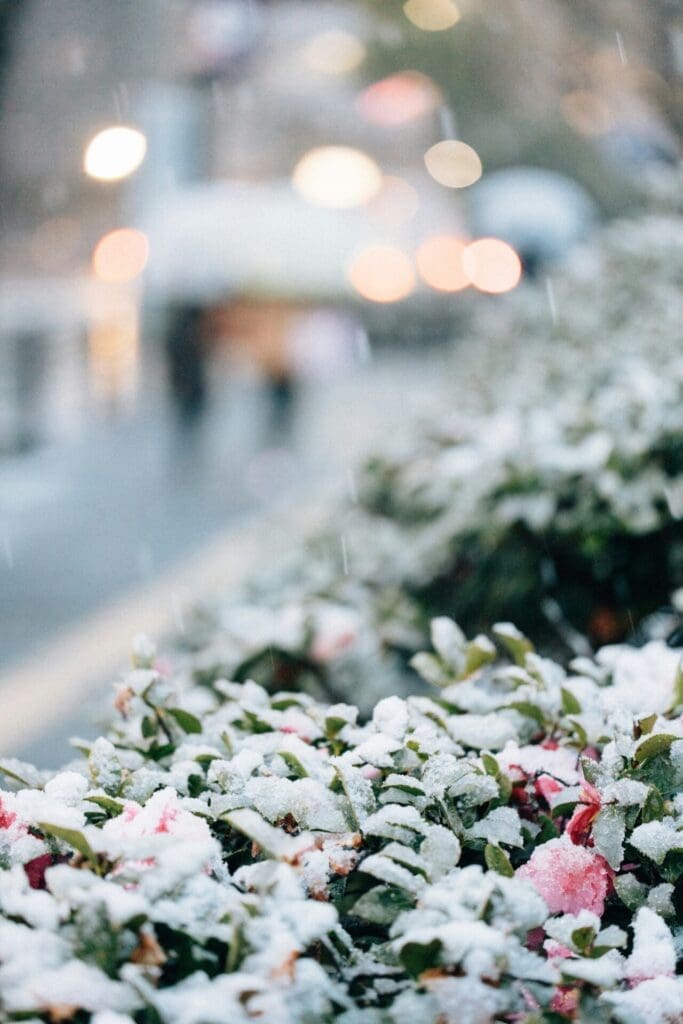Snow and Your Landscape: How to Protect Your Plants in Winter
October 30th, 2024 | by MacKenzie Hall | Posted in Landscape | #Landscaping, #Protecting Plants, #Winter

As the temperatures drop and winter draws near, it is important to think about how to protect your landscape during the winter months. While a blanket of snow can create a picturesque winter wonderland, it can also pose challenges for your plants and outdoor spaces. Here are six tips on winterizing your landscape to prepare for snowfall.
1. Use mulch for insulation:
Apply a thick layer of mulch (about 2-4 inches) around your plants. Mulch acts as an insulator, protecting plant roots from extreme cold and temperature fluctuations. Organic mulches like straw, wood chips, or shredded leaves are great options.
2. Prune your plants:
Prune dead or damaged branches before winter sets in. However, avoid heavy pruning in the fall, as this can stimulate new growth that may not survive the cold. Focus on removing any weak or diseased branches to prevent damage during heavy snowfall.
3. Wrap vulnerable plants:
For delicate plants or those prone to winter damage, consider wrapping them in burlap or using protective plant covers. This extra layer can shield them from harsh winds and heavy snow, reducing the risk of breakage.
4. Water before the freeze:
Ensure your plants are well-watered before the ground freezes. Hydrated plants are better equipped to handle winter stress. Watering deeply helps ensure that roots are moist and can survive the cold months.
5. Create windbreaks:
If your landscape is exposed to winter winds, consider planting windbreaks or installing barriers. Fencing, evergreen shrubs, or even burlap screens can help protect your plants from desiccating winds.
6. Bring your plants inside:
During the cold months, bring potted plants indoors. If you have several plants that need to be protected from the bitterly cold temperatures, consider investing in a greenhouse or cold frame. Ensure your investment is not in a plastic greenhouse or cold frame as these are less durable and do not provide proper transmission of UV light.
In Colorado, the winter’s are harsh. This season brings unique challenges for your landscape, but proper preparation can ensure that your plants thrive when the warmer months return. For more information about landscapes and to receive your free estimate, visit https://gengroupllc.com/landscapes-hardscapes/.